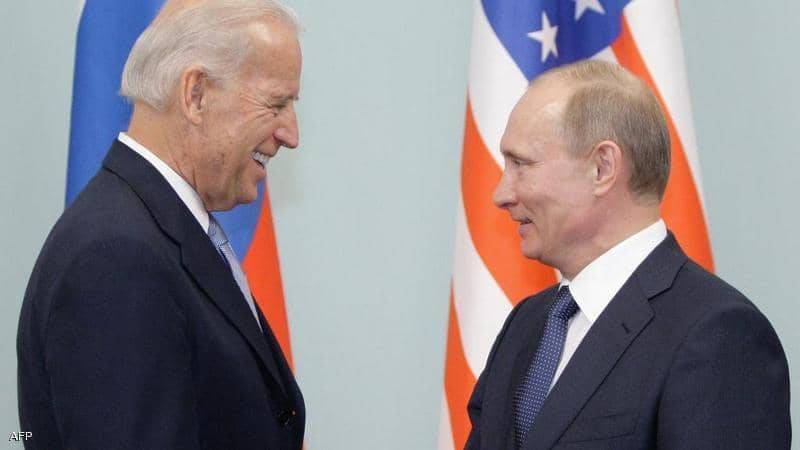For months, President Joe Biden's team has been developing plans and monitoring the movements of the Kremlin leader at the Ukrainian-Russian border since intelligence revealed last October Russia's plan to invade its western neighbor. Biden's national security team outlined three strategies to confront and thwart President Vladimir Putin's suspicious actions, based on information disclosed in U.S. intelligence reports.
The first strategy aimed to expose the Russian plan to invade Ukraine by launching a wide-ranging media campaign to reveal the implications of Russian movements, preventing Putin from denying them. The second strategy involved, according to more than ten senior administration officials and others speaking to The New York Times, Biden's approval of deploying more U.S. troops in Eastern European countries to reassure Kyiv and European allies. He also agreed to support Ukrainian forces with additional advanced weaponry.
The third aspect of the strategy saw the U.S. President agreeing to share intelligence much more broadly with European allies than had previously been customary, including within NATO, to avoid disagreements regarding the severe economic sanctions that should be imposed to counter Putin's actions and intentions. Furthermore, the White House sent a concise message to the Kremlin leader through CIA Director William J. Burns during a morning meeting at the White House several months ago, stating simply, "We know exactly what you are planning!"
These American steps followed intelligence in October 2021 confirming the movement of Russian troops toward the Ukrainian border. Beyond just photographs, the U.S. also obtained the Russian army’s plans for launching an attack.
Despite these actions, the White House initially acknowledged that this campaign to stop Putin might not prevent him from invading Ukraine or advancing into its eastern regions; however, it did reveal Russian intentions, which helped unify NATO, sometimes a divided alliance.
It is noted that on the previous Monday, Putin ordered his forces to enter Luhansk and Donetsk in Eastern Ukraine, a move that challenges Western threats of imposing sanctions on his country and raises the risk of igniting a catastrophic conflict with the Kyiv government supported by the West. He also recognized the independence of the separatist regions controlled by rebels since 2014. In two official decrees, the Kremlin leader ordered the Ministry of Defense to undertake "peacekeeping" operations in the two regions, paving the way for part of the Russian troops amassed at the border to be deployed, fueling fears of a potential invasion of their western neighbor.
As news of Moscow's recognition spread through the streets of Kyiv, a sense of disbelief settled among many, who were nonetheless ready to defend their country if called upon, according to reports from AFP. Meanwhile, the recognition of the "republics" sparked international condemnation and threats from the United States and the European Union to impose a broader package of economic sanctions against Moscow.




